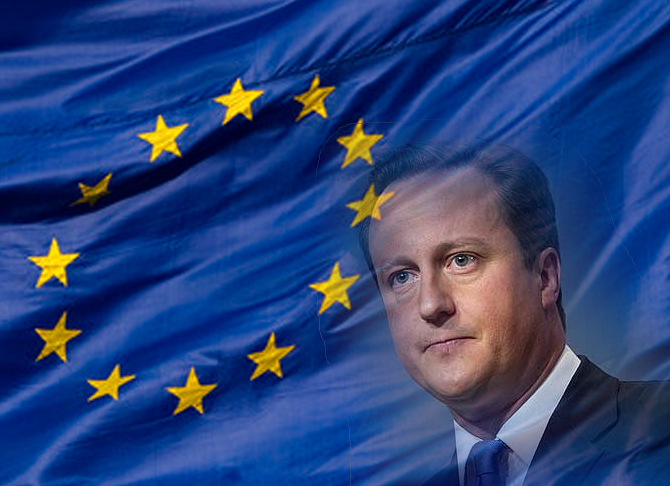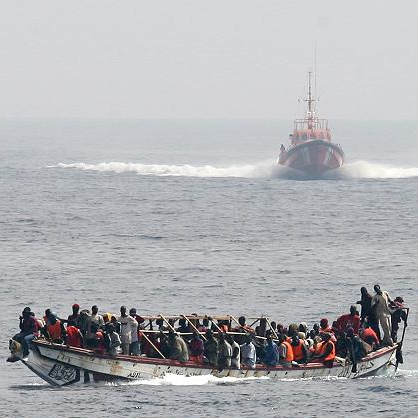Recently (2015-11-19) Geert Wilders published an article in New York Times arguing that Europe should hold national referendums on immigration policy. But referendums are not necessarily fair, nor are they the ultimate form of democracy. Referendums have two problems: first, only insiders can vote, even on questions that largely concerns outsiders. Second, everyone has a single vote of equal weight, even in case where the importance of the outcome differs widely.
Who Can Vote?
Current "universal" voting is limited to "insiders", those who are either confined to a certain territory, or possess a certain legal status. In case of national referendums, these are typically citizens of the country; in local referendums these may be residents of a city. Outsiders cannot participate, even when voting over issues that have major consequences for them. This violates a central pillar of democracy, the ability to influence decisions that affect you.
A referendum over immigration policies is just such an example. Unless potential immigrants also participate, we cannot talk about universal democratic decision. Similar issues arise when neighborhood residents vote for restrictive zoning laws. The potential "immigrants" to the neighborhood who are adversely affected cannot participate because they are not residents. The Greek referendum of 2015 shared similar traits: only Greek citizens were voting over a decision that involved most of the EU.

How Big Is the Vote?
Another problem with referendums is the "size" of vote. Traditionally, everyone has a single vote. This is true even if different people have very different stakes in the question. In this way the majority can always outvote a minority. For instance, in many places the majority may outlaw homosexuality. The Swiss minaret law is an outcome of a referendum that was flawed in this way. I don't know how many Muslims and non-Muslims actually care about minarets, but I can imagine it is a far less important issue for non-Muslims. But they could easily muster a majority. As an extreme example, imagine that Hitler put Nuremberg Laws, the Nazi laws that robbed Jews of their rights, on a national referendum. Would we consider the outcome democratic? Analogously, potential migrants may outvote the whole EU if given an equal weight.
Solutions
Unfortunately, these two problems cannot easily be corrected. Although it is not fair to exclude outsiders from decision–making, and give equal say for those with unequal stakes, we cannot calculate the fair vote size. Referendum is justified when the electorate has roughly equal stakes and outsiders are little affected. If this is not the case, one should not call for a referendum.
Instead, we may strive toward inclusive representative bodies that also involve outsiders. In case of the current refugee crisis it should include representatives from both EU, and refugee origin and transition countries. Such conferences, potentially meeting regularly, would ensure that insiders have more rights but outsiders will also have a say.
















_clip.jpg)


